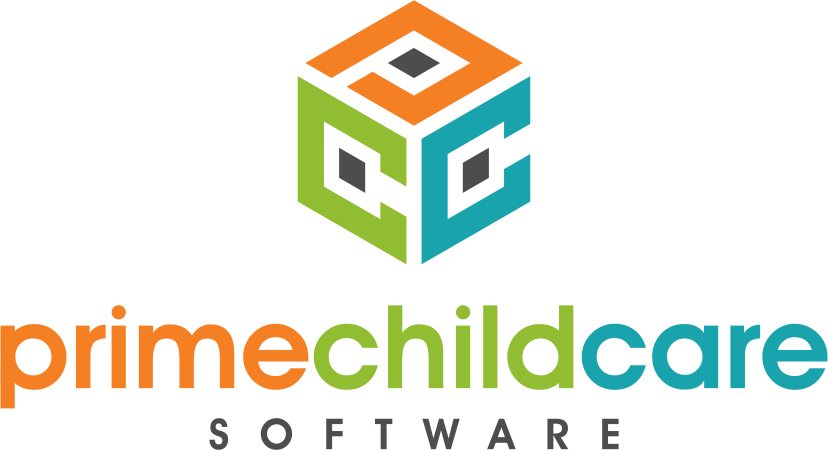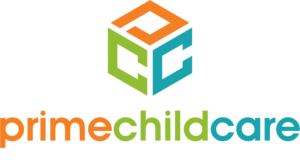Covid-19 has changed the way most businesses practice. If you run a childcare facility, you know this firsthand. As parents begin to head back to work and schools begin to implement reopening plans, you find yourself needing to balance getting things "back to normal" with hygiene and sanitation practices that keep children, parents, and staff members safe.
Unfortunately, kids don't understand Covid-19 the way that adults do. They don't know why things are changing at daycare. Some children may even be receiving mixed messages between daycare and home about how much safety is needed in the face of Covid-19. So, how do you get kids on board with your new safety standards without confusing them more? In this guide, we'll go over 6 tips and tricks for getting kids on board and actively participating in your new hygiene procedures.
1.) Create Schedules and Routines
We know that kids thrive on routines. Adding structure to their day makes them feel safe and secure. By making your new safety procedures a routine part of their day, they'll come to know what to expect. Don't worry if their routines are different at home. Kids are adaptable, and they're capable of learning that different environments have different schedules and routines.
Here are a few examples of how you can create routines out of new hygiene requirements:
- Always bring kids to the restroom when they come inside to give them a chance to wash their hands
- Have everyone line up at the sink before and after meals for hand washing
- Create a designated place for kids to unload their bags and change clothes in the morning
Visual routines can be especially helpful for young children learning new rules. For example, you might have four pictures by the sink in the bathroom: one of the toilet, one of hands under water, one of soapy hands, and one of hands under water again. This can serve as a visual reminder to kids that they need to wash their hands after they use the bathroom.
2.) Communicate with Parents
Although some parents may not agree with the changes you're implementing in your daycare, it's important that all parents comply with new regulations if you want their kids to comply. Send home clear notifications of any new rules and regulations your facility is putting into place. This will give parents an opportunity to talk with their children and will ensure that parents who aren't okay with your new regulations are given an opportunity to place their children elsewhere if necessary.
Some additional benefits to clear communication with parents include:
- Some parents will be on board with your new regulations. These parents may help you by preparing their children at home, giving you fewer children to work intently with during the day.
- Children whose parents are on board can act as good examples to their peers, allowing you to benefit from positive peer pressure.
- Parents can come to you with questions or concerns instead of getting mixed reports from their children.
Prime's online parent portal makes it easier than ever to stay in communication with parents. With push notifications, SMS/text messaging, and emails, you can help parents in your circle receive information in the best way for them.
3.) Sing Songs
So many kids love music. Studies show that music can improve brain development. If you've ever used movement songs like the Clean Up song, you already know how much fun kids can have with movement-based songs. Not only do songs make hygiene activities fun in the moment, but they also make the activities easier for kids to remember over time.
YouTube is a great resource for songs about good hygiene habits. From songs about washing your hands to covering your mouth when you cough, you can find catchy ditties to sing along with almost any new habits you're enforcing in your childcare facility. Singing turns hygiene activities into something fun rather than a chore, making it much easier to win kids' cooperation.
4.) Read Books
Children are often so much smarter than we give them credit for. When they understand the reasons behind new rules and regulations, they have an easier time complying. Right now, there are a ton of books to help kids understand Covid-19 and the reasons for new hygiene regulations. Adding a few of these books to your daycare library and reading them with kids can make new rules less scary and more logical.
Some great books to get you started include:
- A Little Spot Stays Home
- A Germ's Journey
- What Are Germs?
- Covid-19 for Kids
- Perry and Steve's New Normal
- Why Did the Whole World Stop?
5.) Do Experiments
Hands-on experiments are another great way to help kids connect with the concept of germs, viruses, and Covid-19. Even the youngest kids can get on board with some fun experiments that show why your new regulations are so important. Here are some easy activities to help kids learn about the spread of germs.
Glitter Activity
Mix together some body lotion and glitter. Explain that the glitter represents germs, and have one child rub the glittery lotion all over their hands. Now, have them do activities like play on the playground and shake hands with other kids. Observe how the glitter gets on everything.
Next, have kids with glittery "germs" on them wash their hands for 20 seconds. Talk about how some glitter remains, but most of the glitter went away. This is a great way for even the youngest kids to visualize the spread of germs. The best part is that you can repeat it week after week to reinforce the lesson, allowing different kids to have the initial glitter "germs" on their hands.
How Sneezes Travel Activity
Put some water and food coloring in a spray bottle to simulate how a sneeze can travel and spread across surfaces. Then, try different things like covering the spray bottle with a hand (covering your mouth) or placing a mask in front of the spray bottle. This is a great way to show kids why you're asking them to cover their mouths, wear masks, or practice safe distancing.
Bread Experiment
In this experiment, place five slices of bread in five different resealable plastic bags.
- Slice One: Place in the bag without touching it
- Slice Two: Have kids with unwashed hands touch the bread
- Slice Three: Have kids who washed hands with soap & water touch the bread
- Slice Four: Have kids who washed with hand sanitizer touch the bread
- Slice Five: Rub the bread on popular daycare items like door handles or playground equipment.
Label the bags and keep them where everyone can see. Over the next several days, you can watch together as germs take over the bags at different rates. This is another great experiment to help kids associate with germs. Because it takes several days to complete, it serves as a constant reminder to keep hands washed.
A Note on Helping Kids with Sensory Challenges
For children with sensory challenges, including kids with sensory processing disorders and kids on the autism spectrum, additional hygiene protocols can be hard to follow. However, with some preparation and careful thinking, they can be brought into new hygiene requirements as well. Here are some tips to help kids with sensory challenges overcome new routines:
- Preparation is Key! Communicating with parents is even more important with kids with sensory challenges. Parents are often the best advocates for what their kids need and how to achieve success for their children.
- Ask the Child (or Parent) If the child is old enough and capable of answering, ask them for tips on what might make things easier. Maybe they have a favorite soap you could use or a specific scent to steer clear of. If the child is younger or nonverbal, ask their parents for tips to help them thrive in your new setting.
- Offer to Separate If the child you're working with gets overstimulated easily, consider offering them their own sink to use or allowing them to separate from other kids while following hygiene protocols.
You Can Do This!
Your childcare facility is facing new challenges in lieu of Covid-19. Remember that the ultimate goal is to educate children and help them prepare to be successful adults. Instead of viewing new hygiene regulations as an obstacle, view them as teachable moments to help kids thrive today and in the future. By keeping a positive attitude about the situation, you can help kids get on board with new rules and stay safe and healthy in the process.






